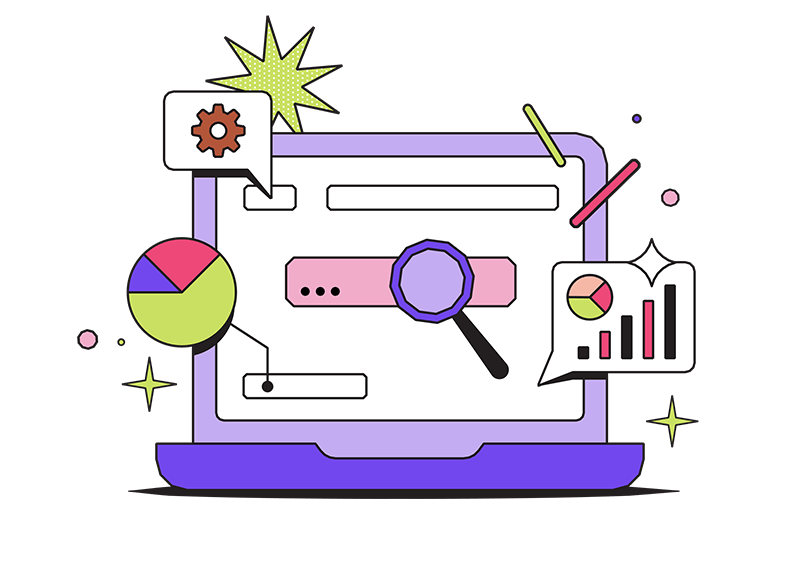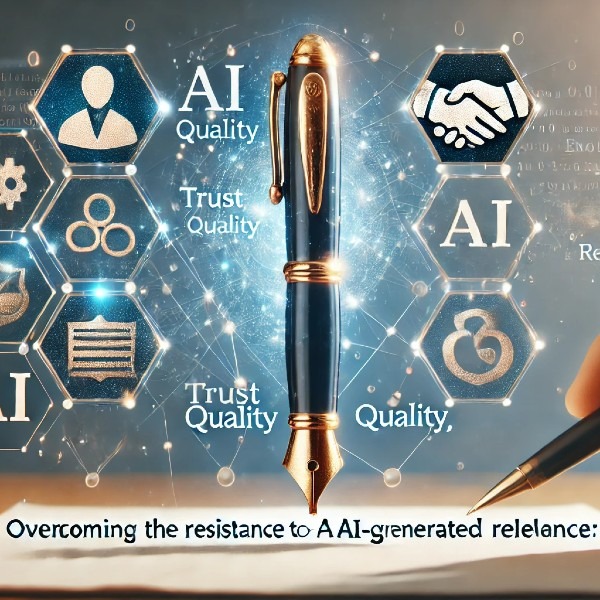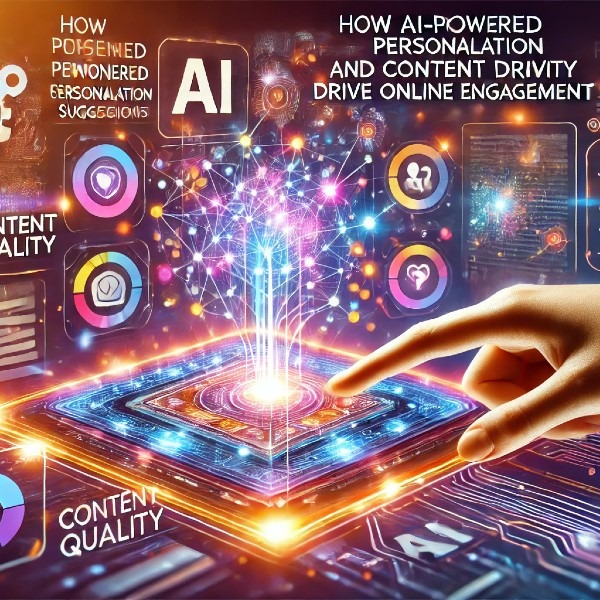Unleashing Developer Productivity: Optimizing the Software Development Cycle with GitHub Copilot and Microsoft Copilot
The modern software development landscape demands efficiency, innovation, and a constant drive for improvement. To meet these demands, developers are increasingly turning to AI-powered tools to augment their skills and streamline their workflows. Two prominent players in this space, GitHub Copilot and Microsoft Copilot, offer unique capabilities that can significantly impact the entire software development lifecycle. This article will explore how to strategically leverage these powerful tools to optimize each stage of the development process, from initial planning to ongoing maintenance.
1. Planning & Requirements Gathering
Market Research & Analysis:
- Leveraging Excel: Utilize Microsoft Copilot within Excel to analyze market trends, competitor offerings, and user feedback data. For example, you can use natural language prompts like “Analyze user reviews on our competitor’s website and identify key areas for improvement” or “Compare our product’s market share with key competitors over the past year.” Copilot can then process the data, generate insights, and even visualize trends, providing valuable information for informed decision-making.
Defining User Stories & Acceptance Criteria:
- Streamlining Documentation: Use Microsoft Copilot within Word to generate concise and well-structured user stories. For instance, prompt Copilot with “Create a user story for a feature that allows users to filter search results by category.” Copilot can then generate a user story that adheres to the INVEST principles (Independent, Negotiable, Valuable, Estimable, Small, Testable).
- Refining Acceptance Criteria: Utilize Copilot to refine acceptance criteria, ensuring they are specific, measurable, achievable, relevant, and time-bound (SMART). For example, you can provide Copilot with a preliminary set of acceptance criteria and ask it to “rephrase these criteria to make them more specific and measurable.”
Creating Project Plans & Roadmaps:
- Automating Documentation: Employ Copilot within Microsoft Project or Azure DevOps to assist in creating project plans, timelines, and roadmaps. For example, you can provide Copilot with a list of tasks and dependencies, and it can generate a preliminary project schedule, including estimated effort and resource allocation.
2. Design & Prototyping
Generating Wireframes & Mockups:
- Visualizing Concepts: Utilize Copilot within PowerPoint to generate basic wireframes and mockups of user interfaces. For example, you can provide Copilot with a description of a specific screen or feature, such as “Design a login screen with username, password fields, and a forgot password option,” and it can generate basic layouts and visual elements.
- Exploring Design Variations: Experiment with different design approaches by prompting Copilot to “generate alternative layouts for this screen” or “suggest different color schemes for the user interface.”
Creating User Documentation:
Preparing Presentations:
3. Development & Coding
Accelerating Code Development:
- Generating Code Snippets: Utilize Copilot to generate code snippets, entire functions, and even entire classes in real-time within your preferred IDE (e.g., Visual Studio Code). For example, when writing a Python function to sort a list, Copilot can suggest the entire function implementation, including the appropriate sorting algorithm.
- Translating Code: Leverage Copilot to translate code between different programming languages. For example, if you have a Python function and need to implement the same logic in JavaScript, Copilot can help you translate the code effectively.
Improving Code Quality:
- Identifying and Preventing Errors: Copilot can help identify potential issues and suggest alternative approaches that improve code quality, readability, and maintainability. For example, if you’re writing code that is prone to common errors, Copilot can suggest alternative approaches that are more robust and less error-prone.
- Refactoring Code: Utilize Copilot to refactor existing code for better performance, readability, and maintainability. For example, you can provide Copilot with a section of code and ask it to “suggest ways to improve the efficiency of this code” or “refactor this code for better readability.”
Debugging and Troubleshooting:
4. Testing
Generating Test Cases:
- Creating Unit Tests: Utilize Copilot to generate unit tests for individual functions and components. For example, you can provide Copilot with a function and ask it to “generate unit tests for this function” or “create test cases for different input scenarios.”
- Generating Integration Tests: Leverage Copilot to generate integration tests to verify the interaction between different components of the system.
Generating Test Data:
- Creating Realistic Test Scenarios: Utilize Copilot to generate realistic and diverse test data sets to thoroughly test the application’s functionality. For example, if you’re testing an e-commerce application, Copilot can help generate realistic customer data, product information, and order details.
Analyzing Test Results:
5. Deployment & Maintenance
Generating Release Notes & Documentation:
- Creating Clear and Concise Documentation: Utilize Copilot within Word to generate clear and concise release notes that summarize the changes and improvements included in each new release.
- Updating Documentation: Leverage Copilot to update existing documentation, such as user manuals and technical documentation, to reflect the latest changes and improvements.
Communicating with Stakeholders:
- Drafting Effective Communications: Utilize Copilot to draft emails, presentations, and other forms of communication to inform stakeholders about deployment plans, release updates, and maintenance schedules.
Managing Project Updates:
6. Continuous Improvement
Analyzing User Feedback:
Conducting Code Reviews:
- Improving Code Quality: Leverage Copilot during code reviews to identify potential issues, suggest improvements, and ensure code quality.
Building a Knowledge Base:
- Creating and Maintaining Documentation: Utilize Copilot to create and maintain an internal knowledge base of best practices, coding standards, and troubleshooting tips.
7. Best Practices for Effective Utilization
- Understand Tool Limitations: Be aware of the limitations of each tool and use them appropriately. For example, while GitHub Copilot can generate code, it’s essential to carefully review and test the generated code before relying on it entirely.
- Prioritize Human Expertise: While AI tools can significantly augment developer productivity, human expertise and judgment are still crucial. Always review and refine the output of AI tools to ensure accuracy, quality, and alignment with project requirements.
- Continuous Learning and Adaptation: Stay informed about the latest advancements in AI and machine learning, and continuously explore new ways to leverage these tools to improve your development workflows.
- Foster a Culture of Collaboration: Encourage collaboration and knowledge sharing among team members to maximize the collective benefits of these tools.
Conclusion
References
Understanding the Various Levels of Artificial Intelligence The levels of AI range from narrow AI, which performs specific tasks, to artificial general intelligence (AGI), which possesses human-like cognitive abilities. There is also artificial superintelligence (ASI), which surpasses human intelligence in all aspects. For more on the levels of AI, visit this article.
3.3. From Narrow to General: Types of Artificial Intelligence Explained Narrow AI is specialized for particular tasks, such as language translation or image recognition, while AGI can understand, learn, and apply knowledge in a generalized manner. ASI, still theoretical, would exceed human intelligence and capabilities. For an explanation of these types, refer to this resource.
3.4. A Breakdown of the Different Forms of Artificial Intelligence AI can be broken down into various forms based on functionality and capabilities, including reactive machines, limited memory, theory of mind, and self-aware AI. Each form represents a different stage in the development and application of AI technologies. For a detailed breakdown, see this article.
3.5. Defining the Categories of Artificial Intelligence The categories of AI include rule-based systems, machine learning, neural networks, and deep learning. Each category encompasses different techniques and applications, contributing to the overall advancement of AI. For definitions of these categories, visit this resource.
We compared four AI based website builders
In the bustling digital age, the advent of AI-assisted website builders has been a game-changer for businesses and individuals looking to establish a strong online presence without diving into the complexities of web development. With solutions like Webnode, Mixo, Jimdo, and Strikingly, the landscape of website creation has been transformed to cater to the needs of both tech-savvy users and those who are just starting out.
Learn More








